Home>Furniture & Design>Interior Design Trends>Why Can’t Birds See Glass
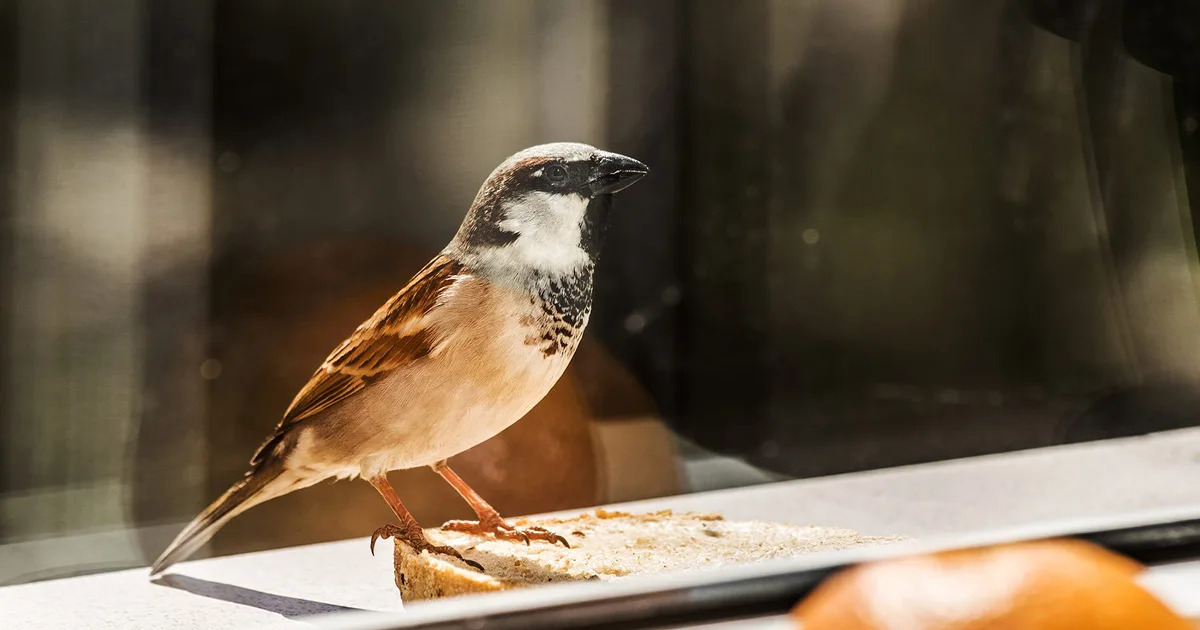

Interior Design Trends
Why Can’t Birds See Glass
Published: February 3, 2024
Discover the impact of interior design trends on bird collisions with glass and learn why birds can't see glass. Find solutions to protect our feathered friends.
(Many of the links in this article redirect to a specific reviewed product. Your purchase of these products through affiliate links helps to generate commission for Storables.com, at no extra cost. Learn more)
Introduction
Birds are fascinating creatures that bring joy and beauty to our surroundings. Their graceful flight and melodic songs enrich our lives, making them a cherished part of the natural world. However, the interaction between birds and man-made structures, particularly glass windows and facades, has become a growing concern. The inability of birds to perceive glass as a solid barrier poses a significant threat to their safety and well-being.
As humans continue to expand urban landscapes and erect more buildings with extensive glass surfaces, the risk of bird collisions has escalated. The reflective and transparent nature of glass creates a deceptive illusion of open space, leading birds to mistakenly fly into these structures. This phenomenon, known as bird-glass collisions, has resulted in countless avian fatalities and injuries, prompting the need for effective solutions to mitigate this issue.
Understanding the underlying factors contributing to bird-glass collisions is crucial in addressing this pressing environmental challenge. By delving into the intricacies of how birds perceive their surroundings and the unique characteristics of glass, we can gain valuable insights into the root causes of these collisions. Moreover, exploring innovative strategies and technologies that aim to prevent such incidents can pave the way for a safer coexistence between birds and human infrastructure.
In the subsequent sections of this article, we will delve into the fascinating world of avian perception and behavior, shedding light on the challenges posed by glass in the urban environment. Furthermore, we will explore a range of promising solutions designed to safeguard our feathered friends from the perils of glass collisions. By delving into these topics, we can cultivate a deeper understanding of this critical issue and work towards creating a more bird-friendly built environment.
Key Takeaways:
- Birds can’t see glass as a barrier, leading to collisions. Innovative solutions like patterned glass and community education can make urban environments safer for our feathered friends.
- Birds’ exceptional vision and spatial awareness make them vulnerable to glass collisions. Integrating greenery and UV-reflective films can help prevent these accidents and protect avian populations.
Read more: Why Cant You Recycle Pizza Boxes
How Birds Perceive the Environment
Birds possess remarkable sensory abilities that enable them to navigate and interact with their surroundings in diverse and complex ecosystems. Their perception of the environment is shaped by a combination of visual, auditory, and spatial cues, allowing them to forage for food, evade predators, and locate suitable nesting sites. Understanding the intricacies of avian perception provides valuable insights into the factors influencing their interactions with man-made structures, particularly glass windows and facades.
Visual Perception
The visual acuity of birds varies across species, with many possessing keen eyesight that surpasses human capabilities. Birds perceive a broader spectrum of colors and ultraviolet light, allowing them to discern intricate details and patterns in their environment. This heightened visual sensitivity plays a pivotal role in mate selection, foraging for fruits and insects, and identifying potential threats. However, this exceptional visual prowess can also lead to challenges when encountering transparent or reflective surfaces, such as glass, which may appear as open airspace to unsuspecting birds.
Spatial Awareness
Birds rely on spatial awareness to navigate through their surroundings, utilizing landmarks, celestial cues, and magnetic fields for orientation and migration. This innate ability to perceive spatial relationships enables birds to maneuver through complex environments with precision. However, the presence of glass poses a significant spatial dilemma for birds, as its transparent and reflective properties disrupt their perception of physical barriers. This can result in fatal collisions when birds attempt to fly through glass windows or collide with reflective surfaces they mistake for open airspace.
Auditory Cues
In addition to visual and spatial perception, birds also interpret auditory cues to assess their environment and communicate with conspecifics. Vocalizations, ambient sounds, and echolocation play crucial roles in their daily activities, from establishing territories to locating potential mates. While auditory cues primarily guide birds in their interactions with the natural world, they may not provide sufficient warning of the presence of glass barriers, making visual recognition the primary mode of detecting obstacles.
By delving into the multifaceted ways in which birds perceive their environment, we gain a deeper appreciation for the sensory intricacies that shape their interactions with the built environment. This understanding underscores the need for proactive measures to mitigate the risks posed by glass structures and safeguard avian populations from the perils of collisions.
Read more: How To See Through Frosted Glass
The Problem with Glass
Glass, with its transparent and reflective properties, presents a significant challenge for birds navigating urban environments. From towering skyscrapers to residential windows, the prevalence of glass structures poses a pervasive threat to avian populations. The fundamental issue lies in the inability of birds to perceive glass as a solid barrier, leading to frequent and often fatal collisions.
The deceptive nature of glass exacerbates the problem, as it creates an illusion of unobstructed airspace, luring birds into perilous encounters. Reflective glass surfaces further compound this issue by mirroring the surrounding environment, effectively camouflaging the presence of barriers. These factors contribute to a perilous scenario for birds in flight, as they may inadvertently collide with glass windows, facades, and other structures, resulting in injuries or fatalities.
Moreover, the increasing urbanization and architectural trends favoring expansive glass designs have amplified the risks for avian species. Modern buildings often feature large glass panels, atriums, and reflective facades, intensifying the potential for bird-glass collisions. The cumulative impact of these architectural choices has created an environment where birds face heightened hazards as they navigate through urban landscapes.
The consequences of bird-glass collisions extend beyond individual bird fatalities, impacting avian populations and ecological balance. Endangered and migratory bird species are particularly vulnerable to these collisions, posing a threat to biodiversity and conservation efforts. Furthermore, the emotional toll on bird enthusiasts and conservationists witnessing these incidents underscores the urgency of addressing the problem.
In light of these challenges, it is imperative to recognize the pressing need for proactive measures to mitigate the hazards posed by glass in the built environment. By acknowledging the unique risks associated with glass structures and their impact on avian welfare, we can pave the way for innovative solutions aimed at creating safer urban landscapes for both birds and humans.
The pervasive nature of the problem with glass demands a concerted effort to raise awareness, implement bird-friendly design practices, and leverage technological advancements to minimize bird-glass collisions. Through collaborative initiatives and informed decision-making, we can strive to transform urban spaces into harmonious habitats that prioritize the well-being of our avian counterparts.
Solutions to Prevent Bird Collisions with Glass
Addressing the pervasive issue of bird-glass collisions necessitates a multifaceted approach that combines innovative design strategies, technological interventions, and community engagement. By integrating bird-friendly solutions into architectural practices and urban planning, we can mitigate the risks posed by glass structures and create safer environments for avian species.
1. Patterned Glass and UV-reflective Films
Incorporating patterns, frosts, or UV-reflective films on glass surfaces can enhance visibility for birds while maintaining aesthetic appeal. These visual markers disrupt the illusion of open airspace, alerting birds to the presence of barriers and reducing the likelihood of collisions. By leveraging these design modifications, architects and building owners can proactively mitigate the hazards associated with transparent and reflective glass.
2. External Markings and Decals
Strategically placing external markings, decals, or window films on glass exteriors can effectively deter bird collisions. These visual cues, ranging from subtle patterns to vibrant designs, serve as prominent indicators of glass barriers, enabling birds to perceive and avoid potential hazards. Collaborative efforts with local artists and community organizations can further enhance the implementation of these bird-friendly markings, fostering a sense of collective responsibility for avian conservation.
Read more: How To Store See’S Candy
3. Habitat Integration and Greenery
Integrating greenery, such as vertical gardens, trellises, or vegetation near glass structures, can act as a natural deterrent for bird collisions. The presence of foliage and native plants creates a visual barrier, signaling the presence of obstacles and offering refuge for birds in urban settings. This approach not only enhances the aesthetic appeal of buildings but also contributes to ecological sustainability and avian habitat preservation.
4. Innovative Technologies
Advancements in technology have led to the development of innovative solutions to mitigate bird-glass collisions. Ultraviolet light-emitting diodes (UV LEDs) and motion-activated deterrent systems can be integrated into building designs to create bird-safe environments. These technologies leverage birds' unique visual perception and behavioral patterns to effectively reduce collision risks, demonstrating the potential for cutting-edge solutions in avian conservation.
5. Community Education and Advocacy
Raising awareness about the impact of bird-glass collisions and promoting bird-friendly practices is essential for fostering a culture of avian conservation. Educational initiatives, outreach programs, and collaborative partnerships with environmental organizations can empower communities to actively engage in mitigating the risks posed by glass structures. By instilling a sense of stewardship for avian welfare, we can cultivate a collective commitment to creating safer urban landscapes for birds.
By embracing these proactive measures and integrating bird-friendly design principles into architectural endeavors, we can strive to minimize the prevalence of bird-glass collisions and safeguard avian populations. The convergence of innovative solutions, community engagement, and responsible urban development holds the potential to transform our built environments into havens where birds can thrive without the looming threat of glass-related hazards.
Conclusion
In conclusion, the issue of bird-glass collisions represents a critical intersection of urban development, avian conservation, and ecological stewardship. The pervasive challenges posed by glass structures demand a concerted effort to implement proactive solutions that prioritize the safety and well-being of birds in urban environments. By delving into the complexities of avian perception, the deceptive nature of glass, and the far-reaching impacts of bird-glass collisions, we have gained valuable insights into the urgency of addressing this pressing environmental concern.
The multifaceted strategies outlined, including the integration of patterned glass, UV-reflective films, external markings, and habitat integration, underscore the potential for innovative design interventions to mitigate bird-glass collisions. These bird-friendly solutions not only enhance the visibility of glass barriers for birds but also contribute to the aesthetic and ecological enhancement of urban landscapes. Furthermore, the incorporation of cutting-edge technologies and community-driven advocacy initiatives holds promise in fostering a culture of avian conservation and responsible urban development.
As we navigate the complexities of urbanization and architectural trends, it is imperative to recognize the interconnectedness of human infrastructure and the natural world. The coexistence of birds and built environments necessitates a paradigm shift towards inclusive design practices that consider the needs of avian species. By fostering collaboration among architects, environmental experts, local communities, and policymakers, we can work towards creating harmonious habitats that minimize the risks of bird-glass collisions while promoting biodiversity and ecological resilience.
The journey towards mitigating bird-glass collisions extends beyond technical solutions; it embodies a collective commitment to fostering empathy, awareness, and stewardship for our avian counterparts. Through education, advocacy, and the integration of bird-friendly design principles, we can cultivate a culture of responsible urban development that prioritizes the conservation of avian populations. By embracing these holistic approaches, we can aspire to transform our cities into havens where birds can thrive, soar, and inspire future generations with their enduring presence.
In essence, the imperative to prevent bird-glass collisions transcends the realm of architectural innovation; it embodies a profound ethos of coexistence, compassion, and environmental harmony. By embracing this ethos and championing bird-friendly practices, we can embark on a transformative journey towards creating urban landscapes that not only reflect human ingenuity but also resonate with the timeless grace and resilience of our avian companions.
Frequently Asked Questions about Why Can't Birds See Glass
Was this page helpful?
At Storables.com, we guarantee accurate and reliable information. Our content, validated by Expert Board Contributors, is crafted following stringent Editorial Policies. We're committed to providing you with well-researched, expert-backed insights for all your informational needs.
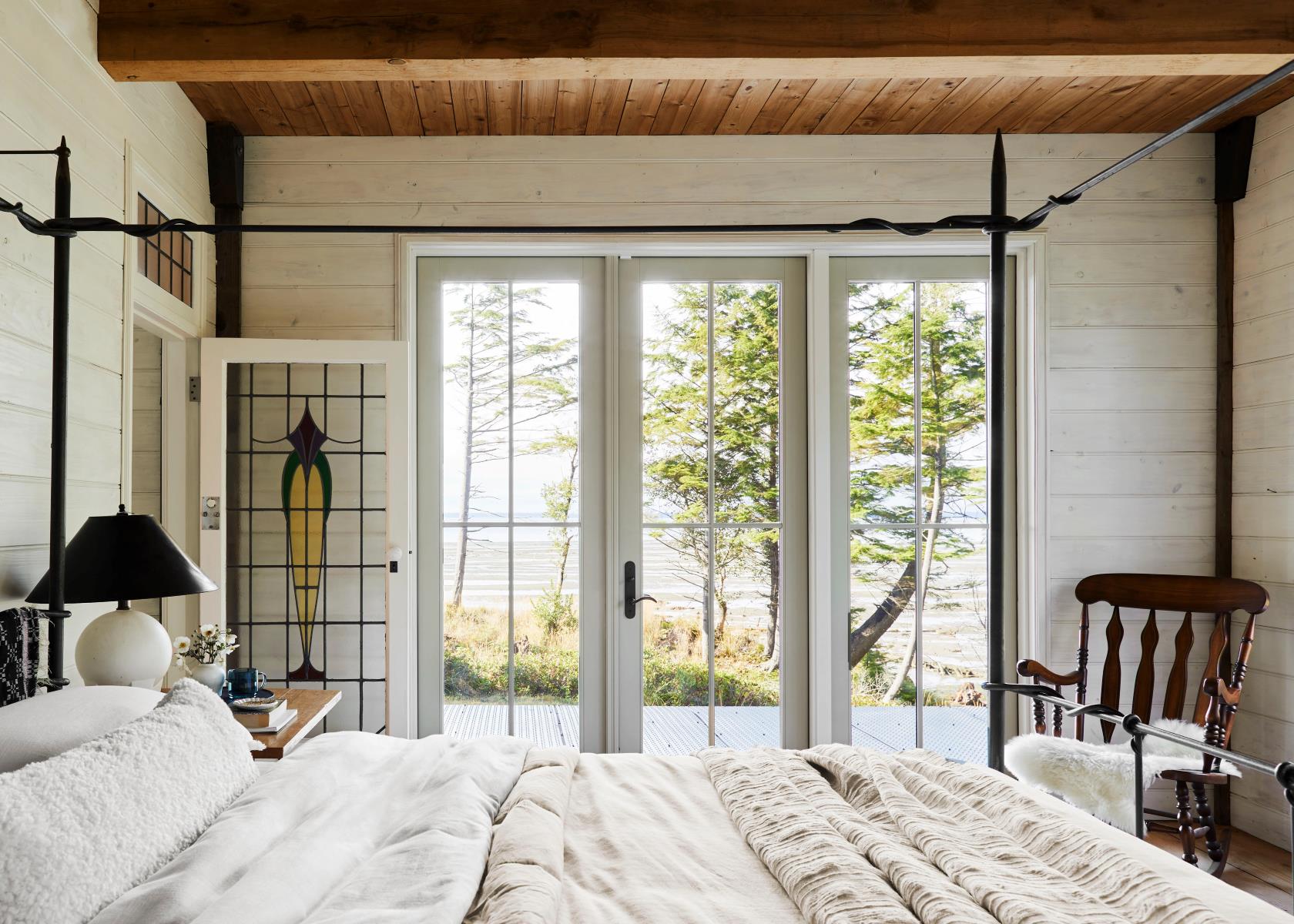
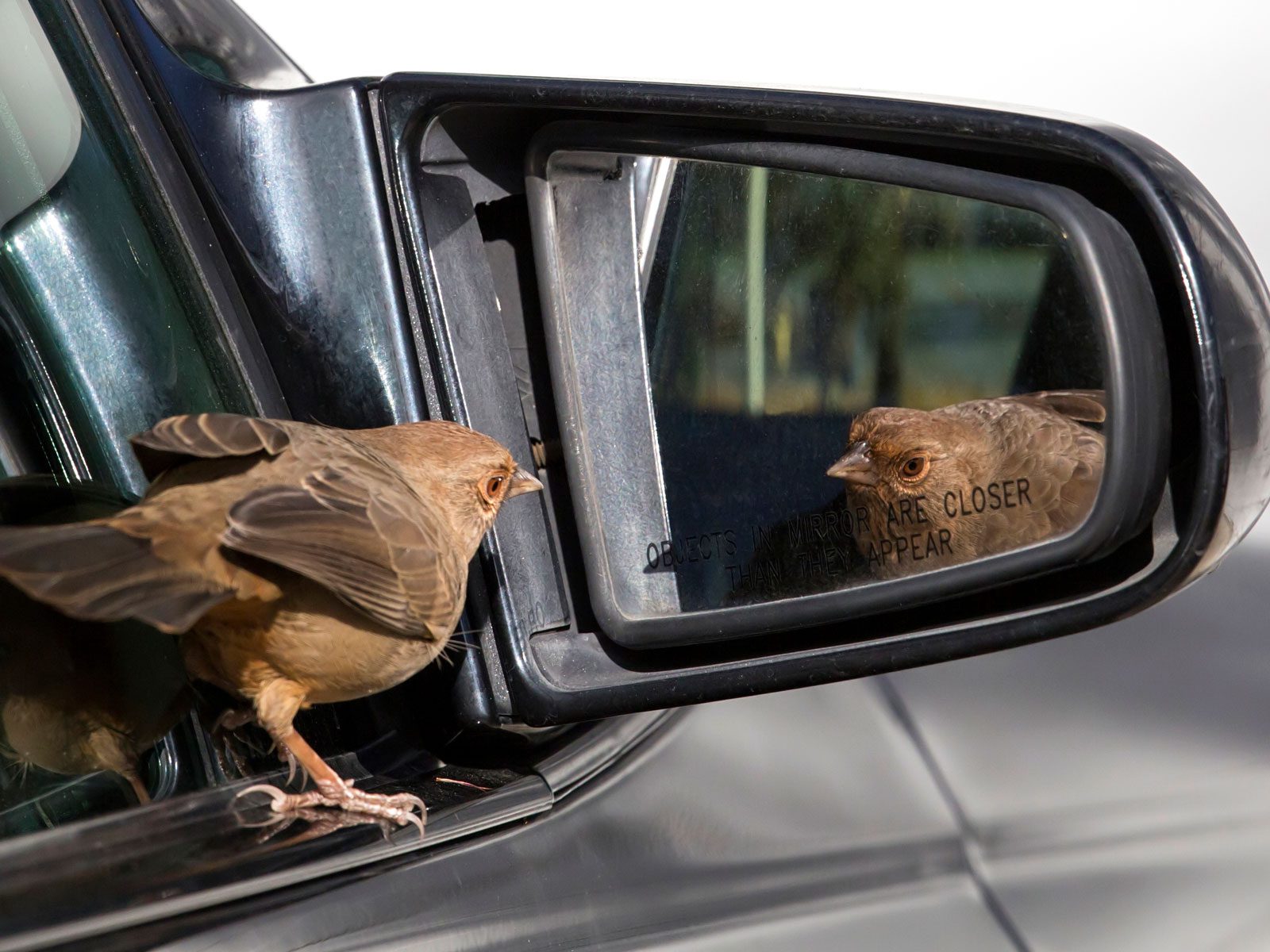
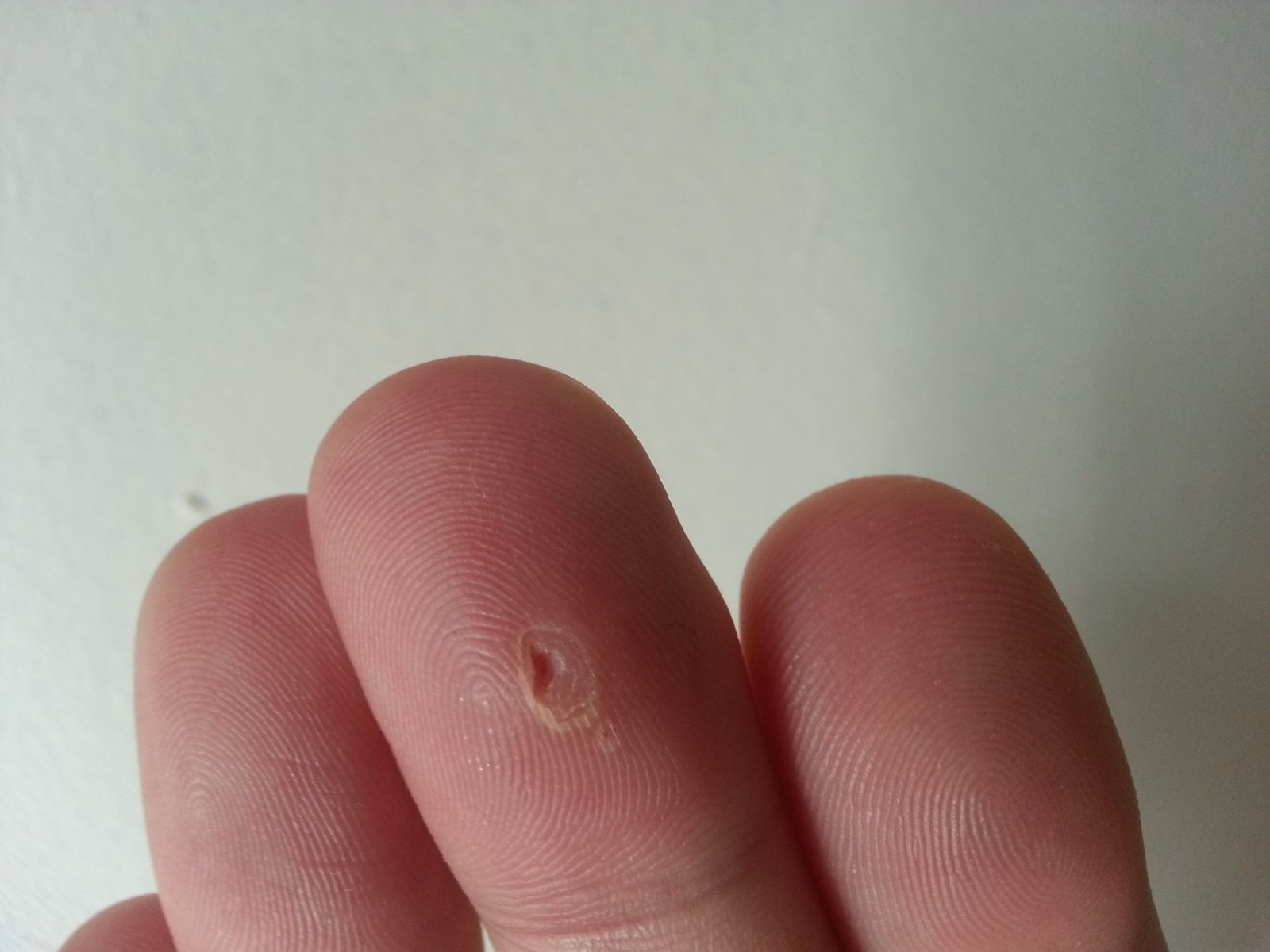
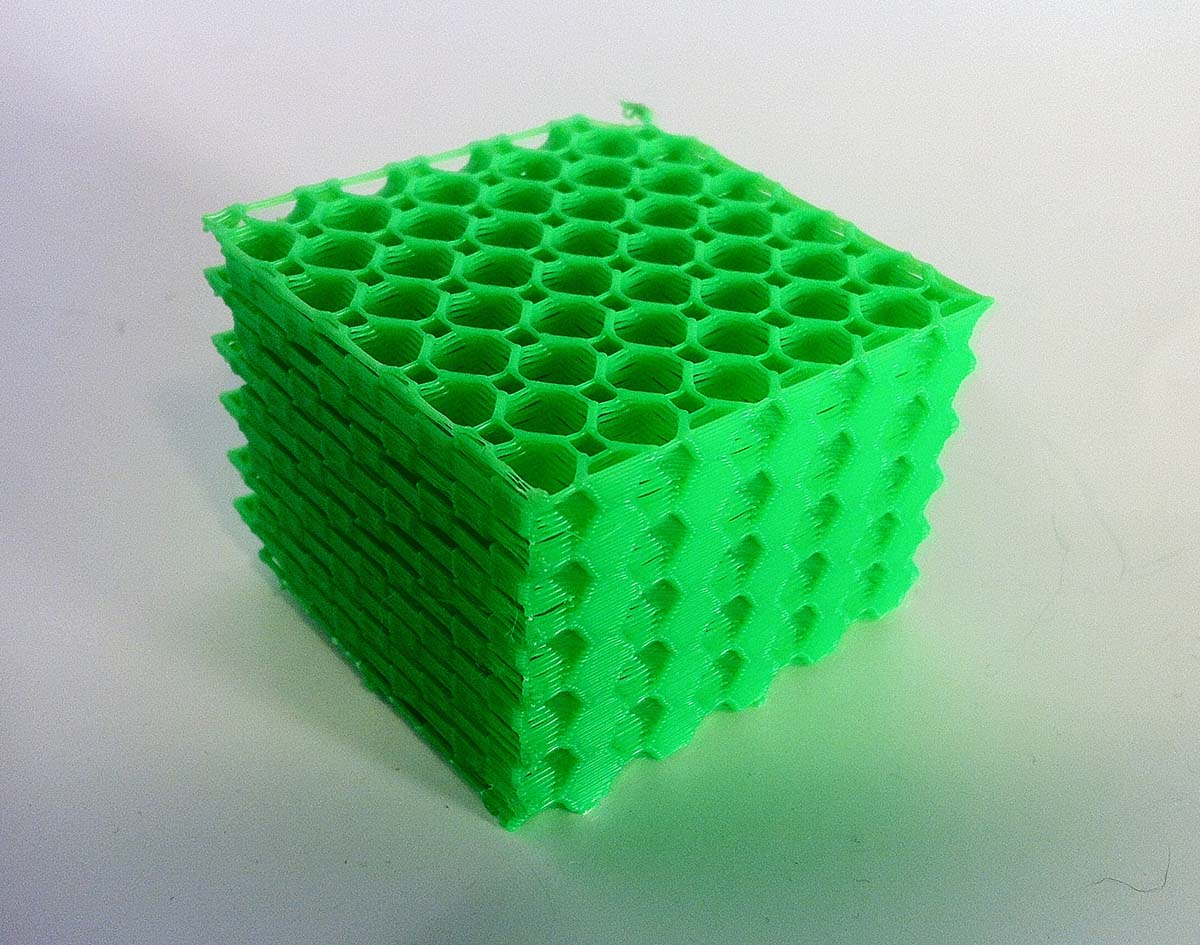

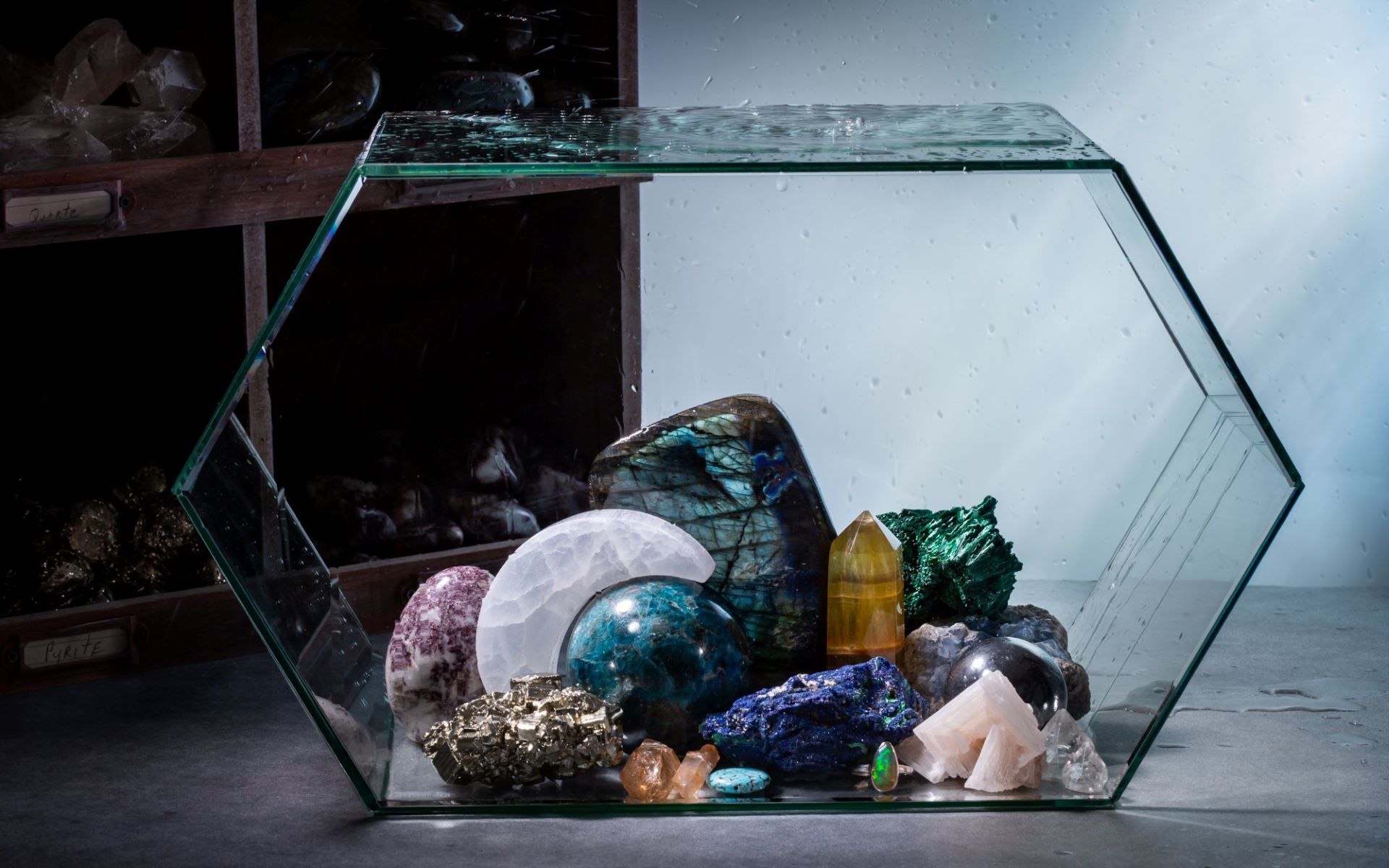

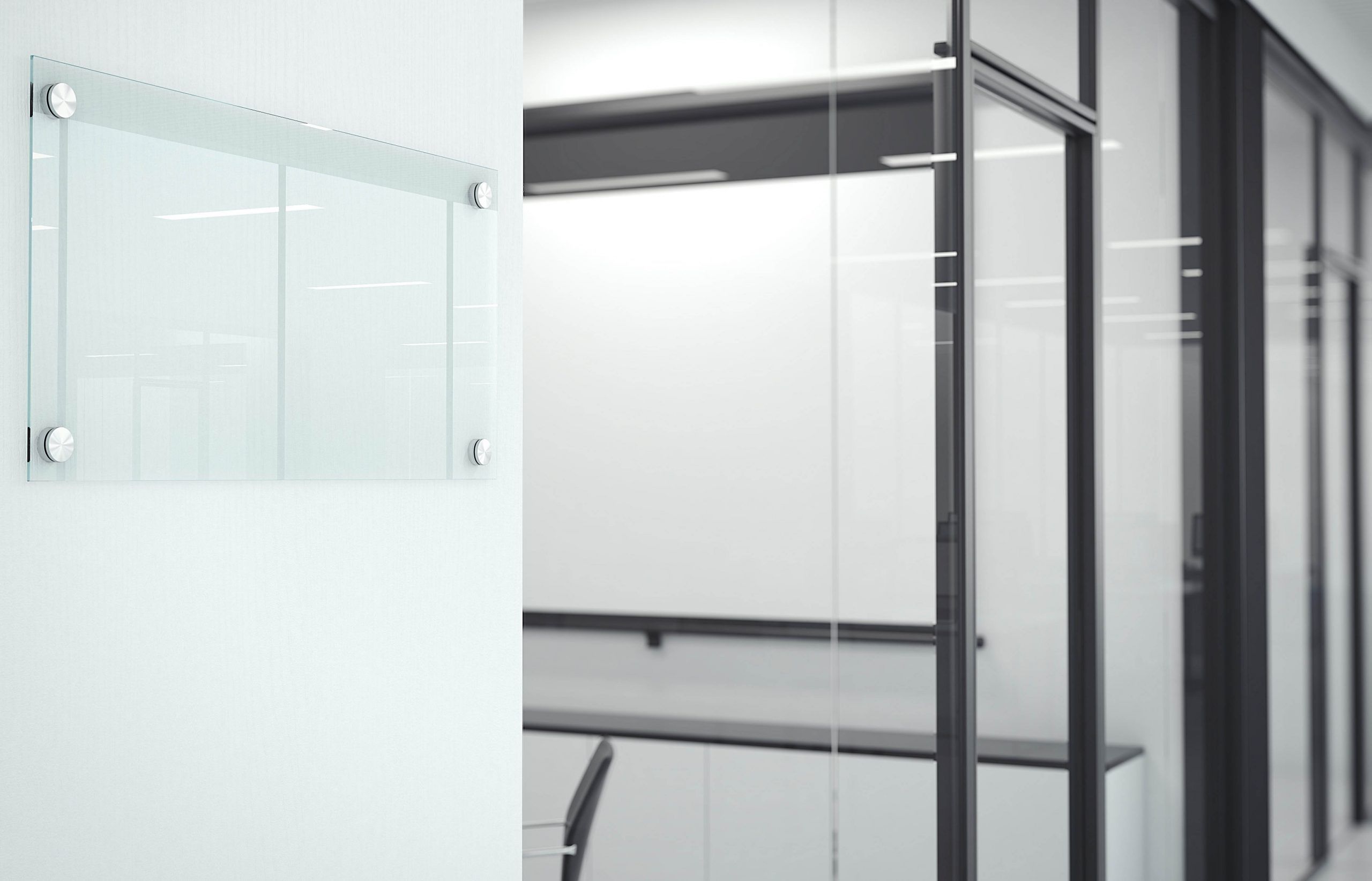
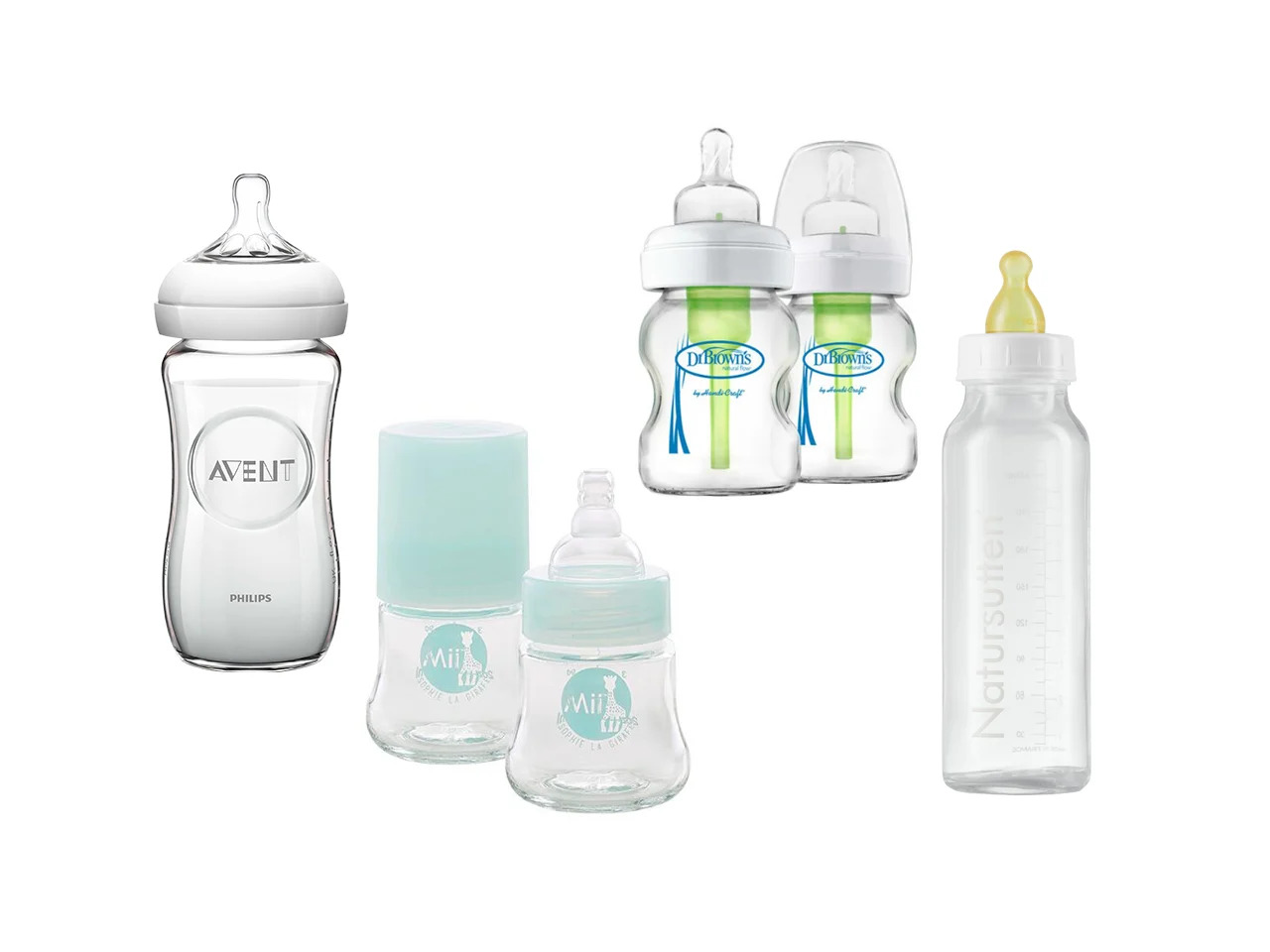
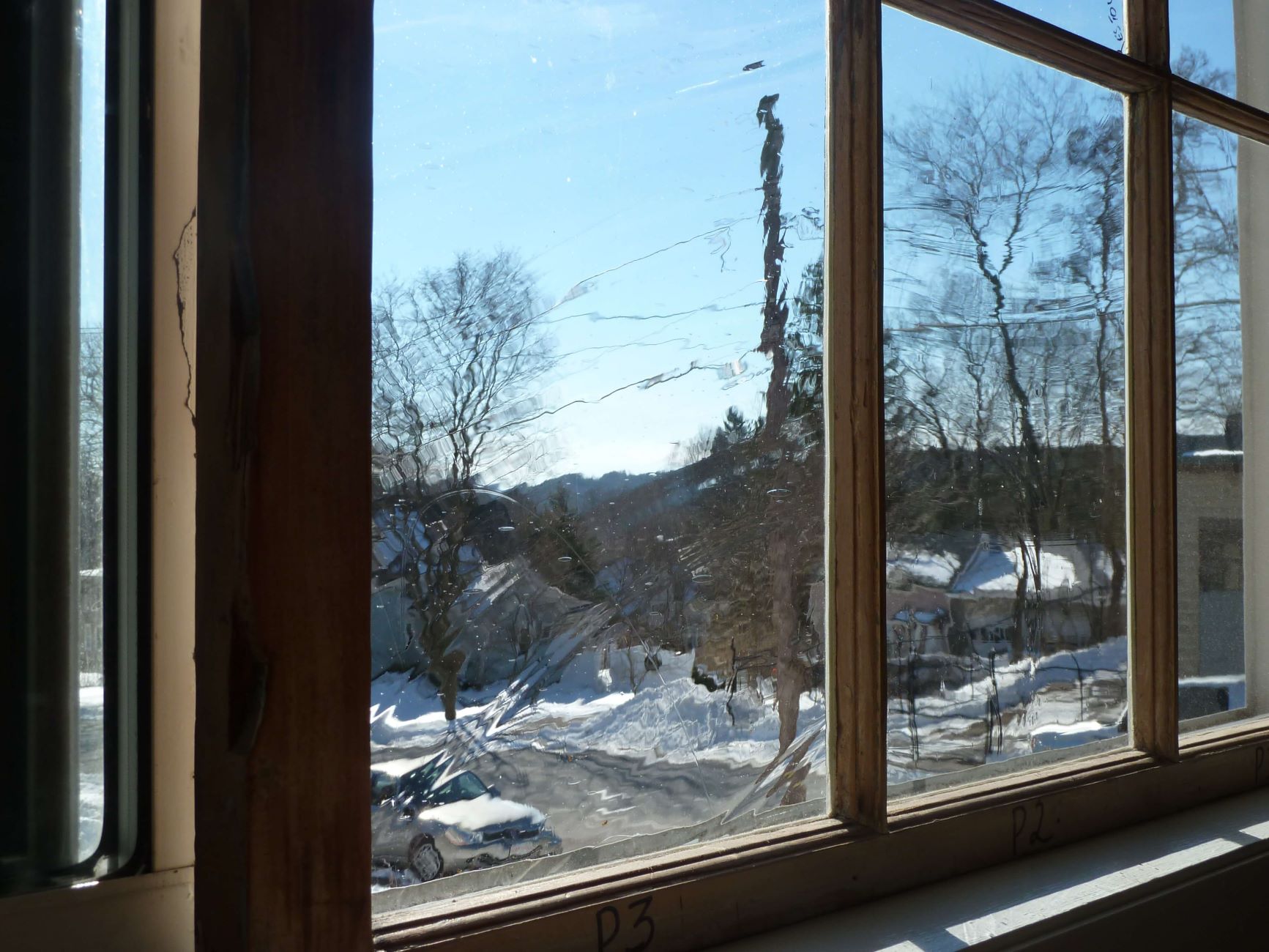
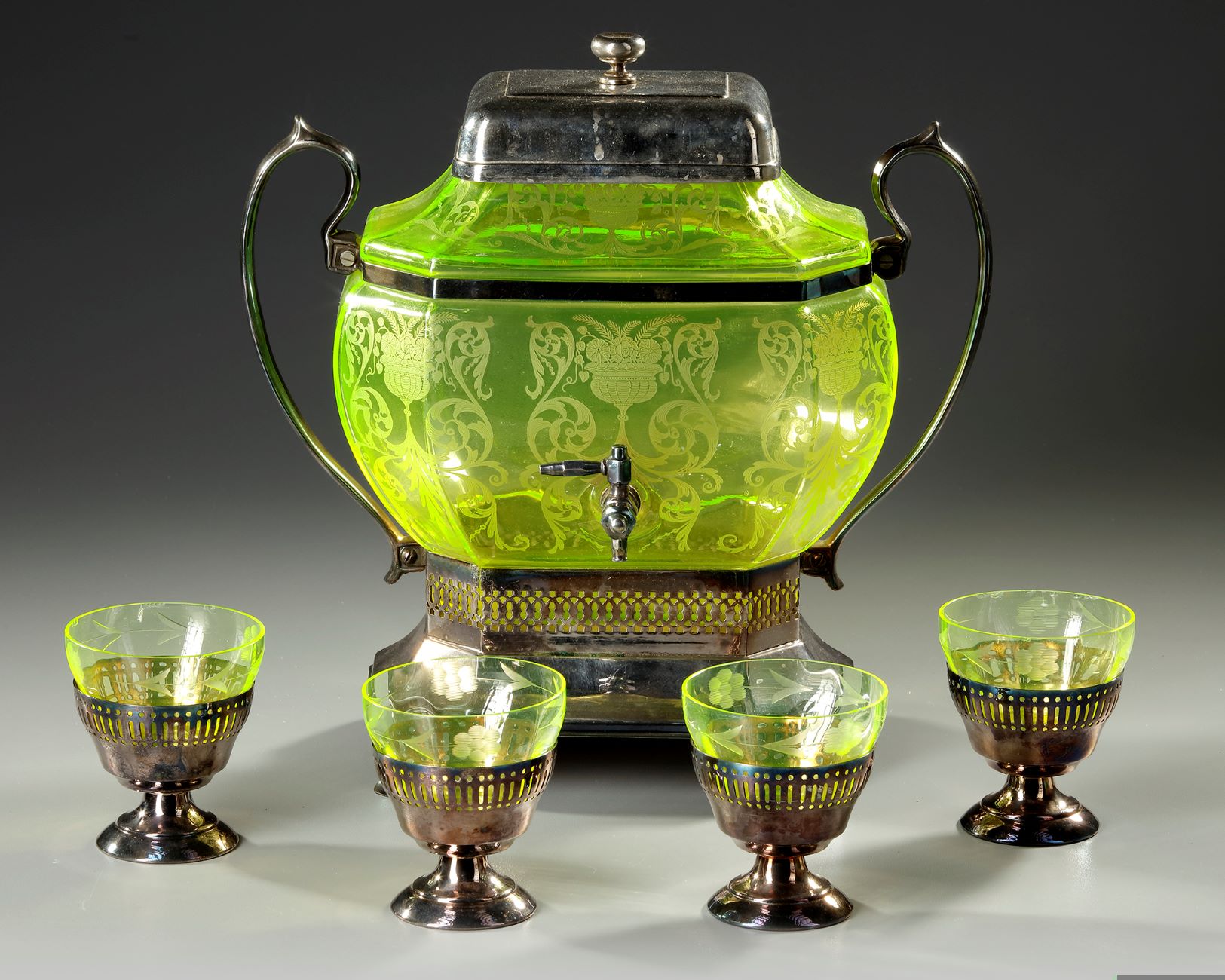
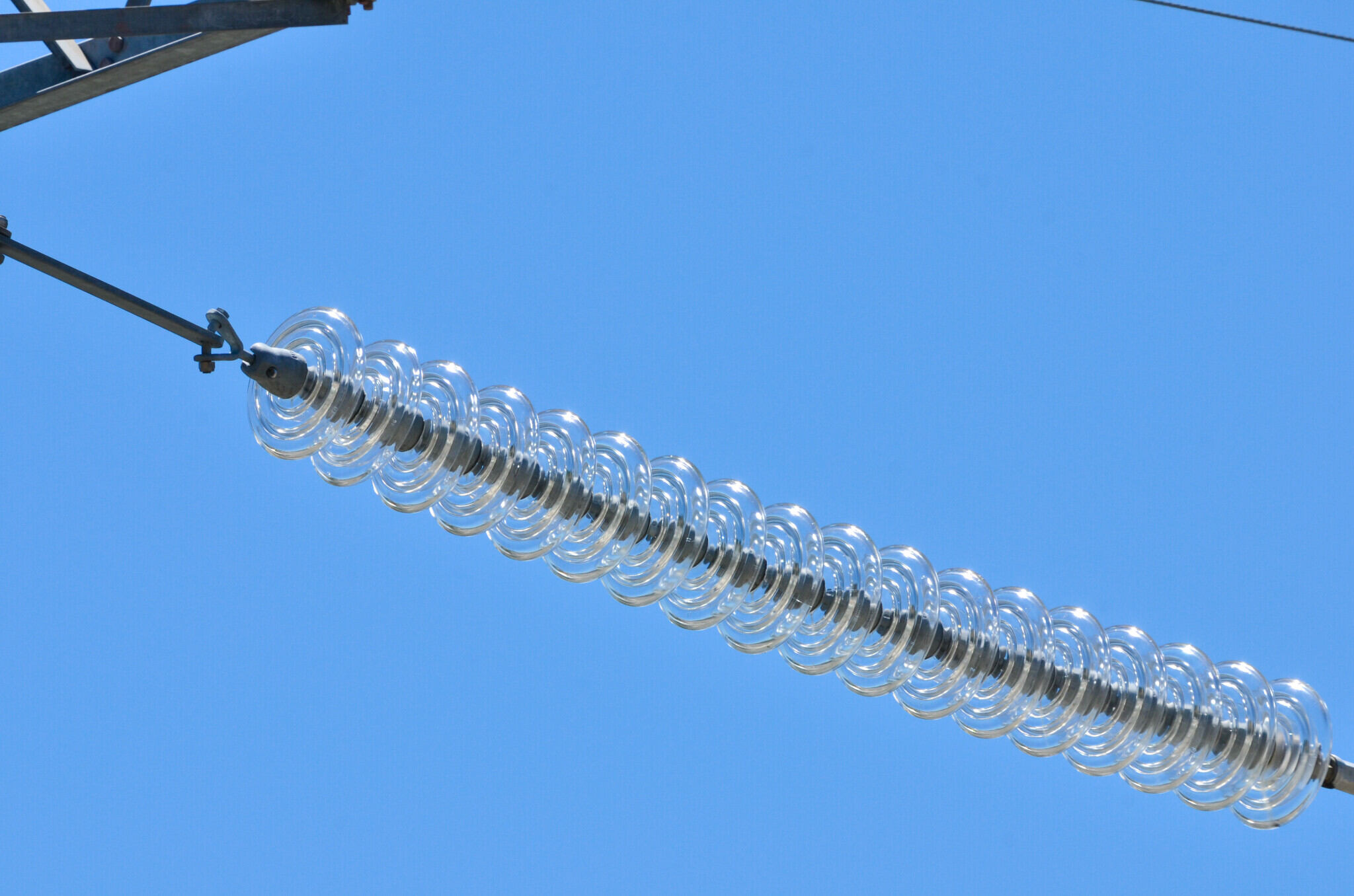
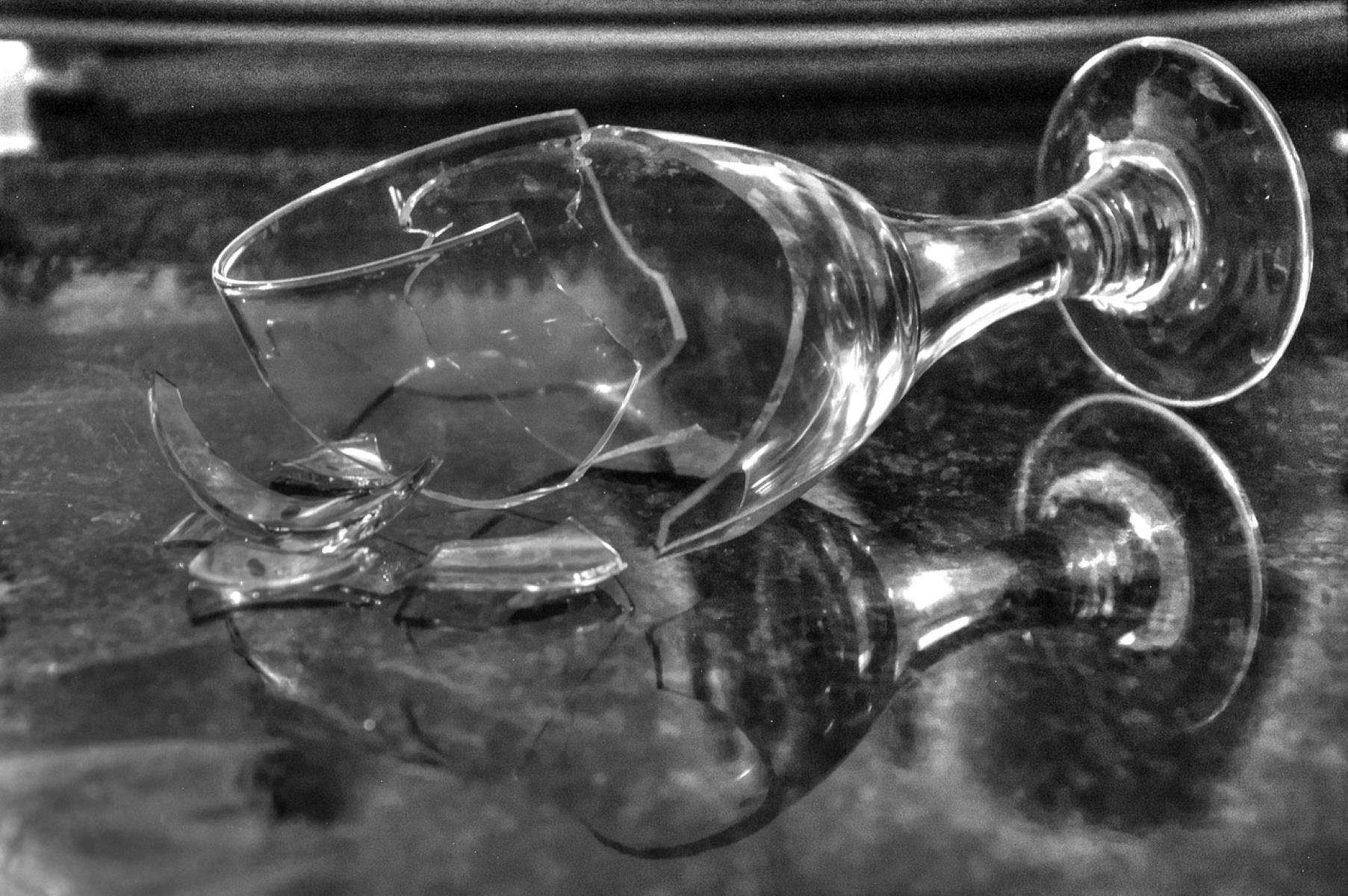

0 thoughts on “Why Can’t Birds See Glass”